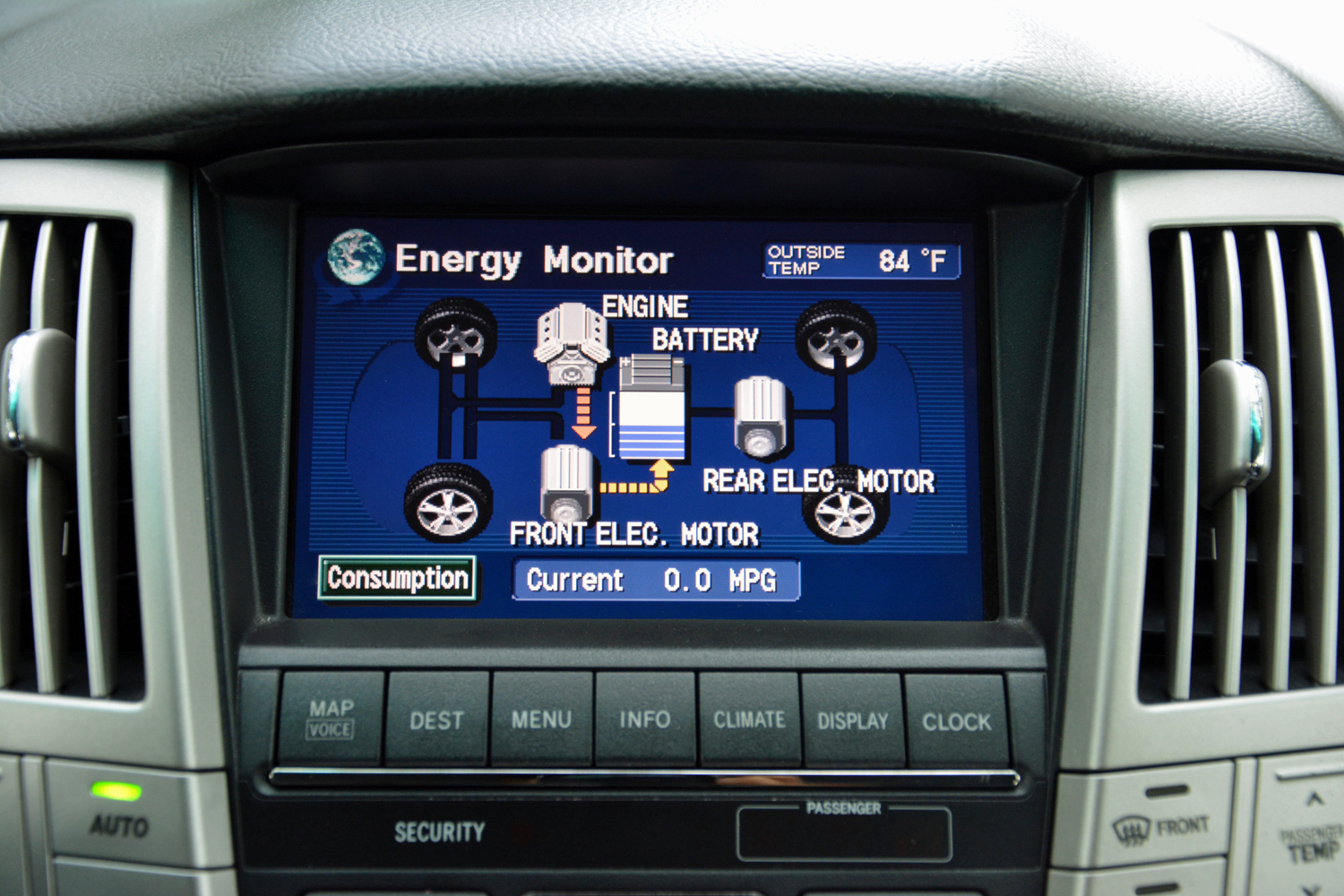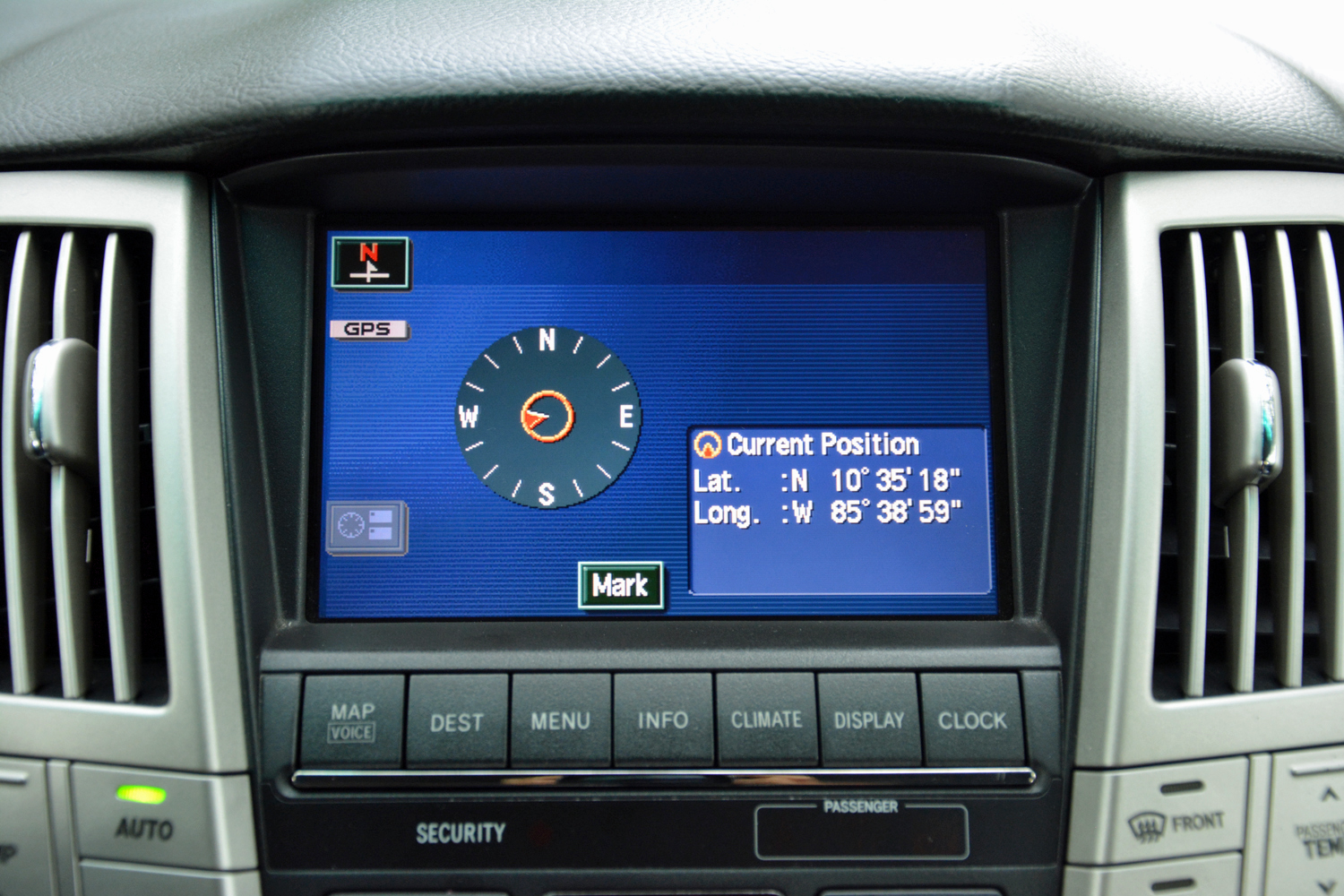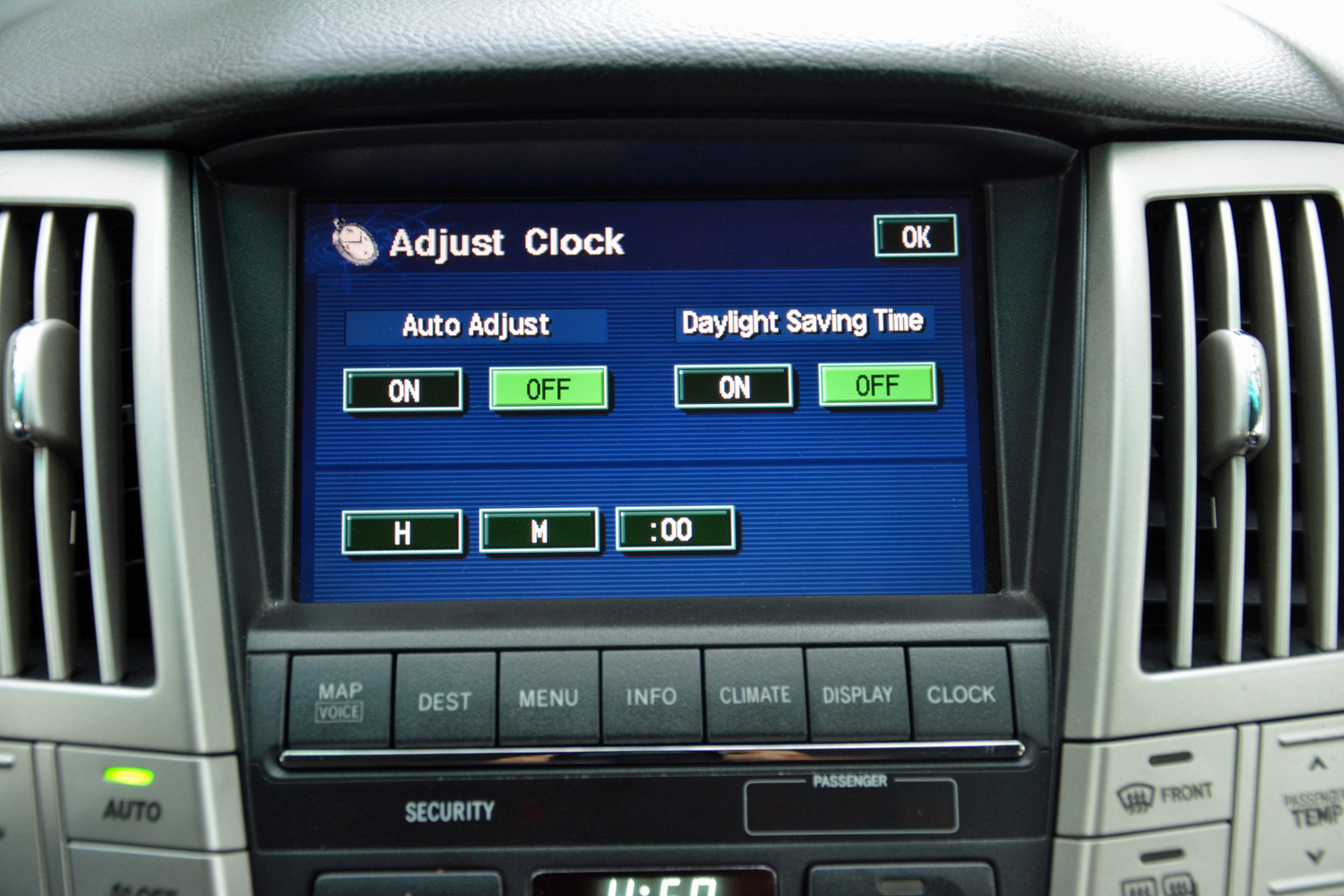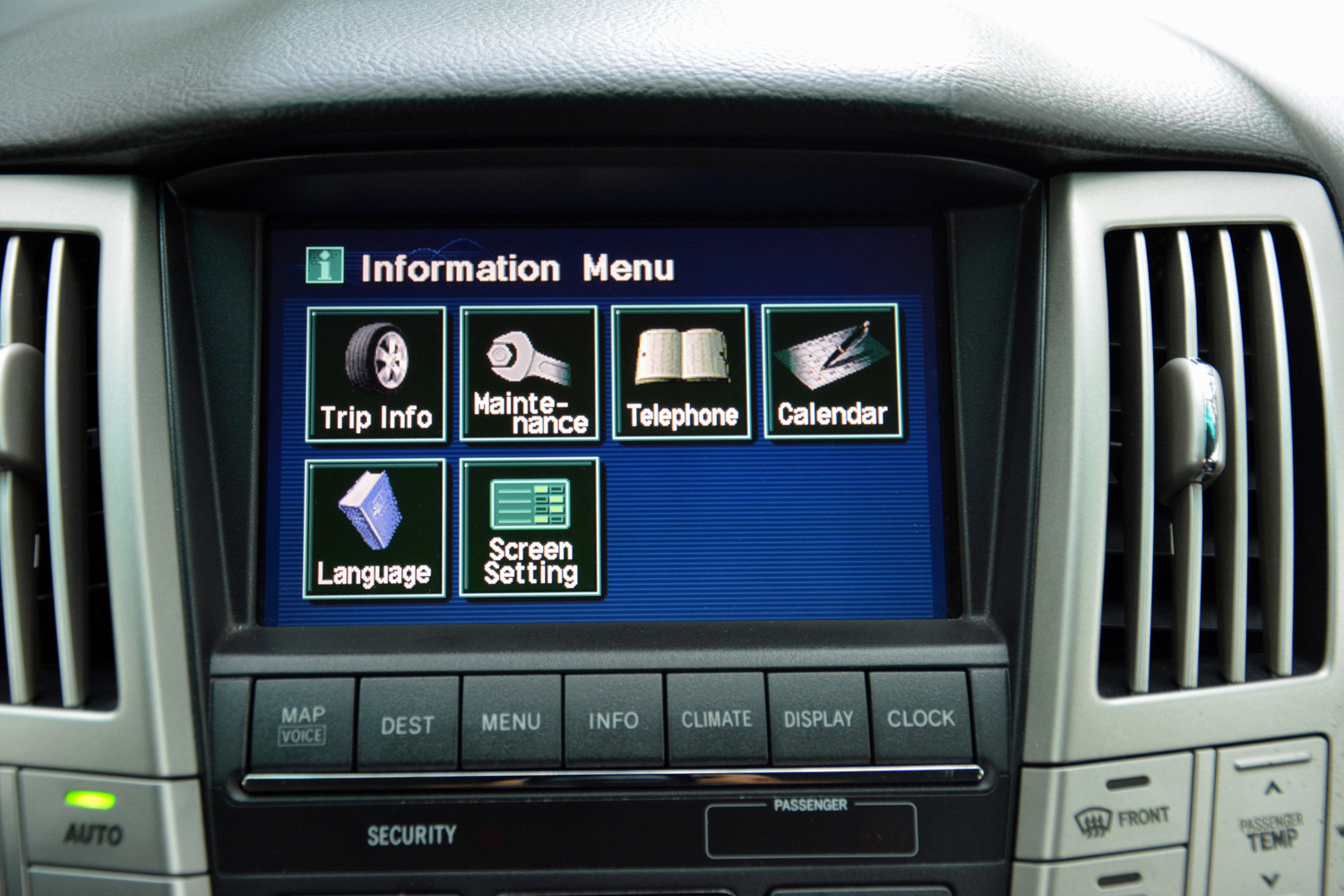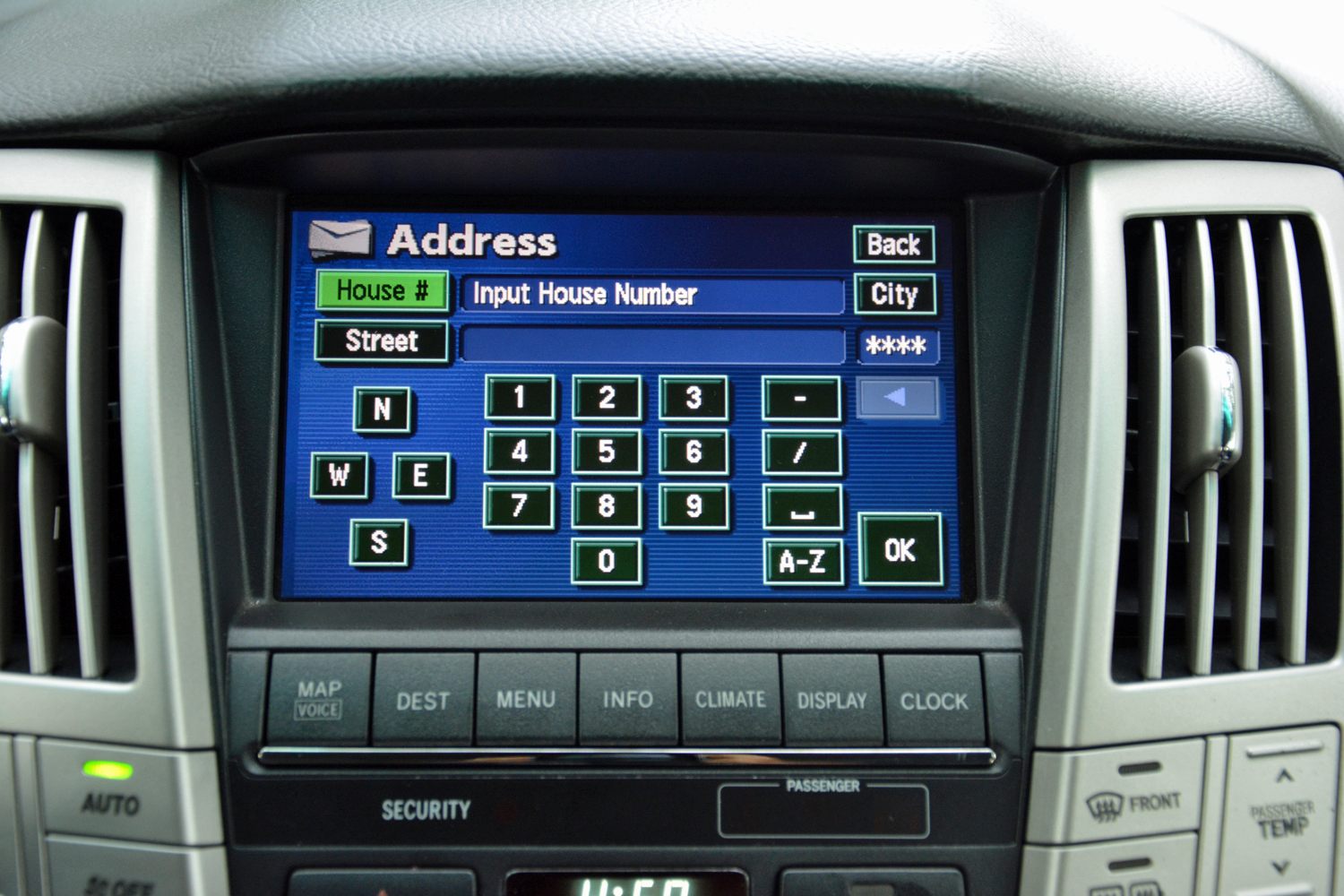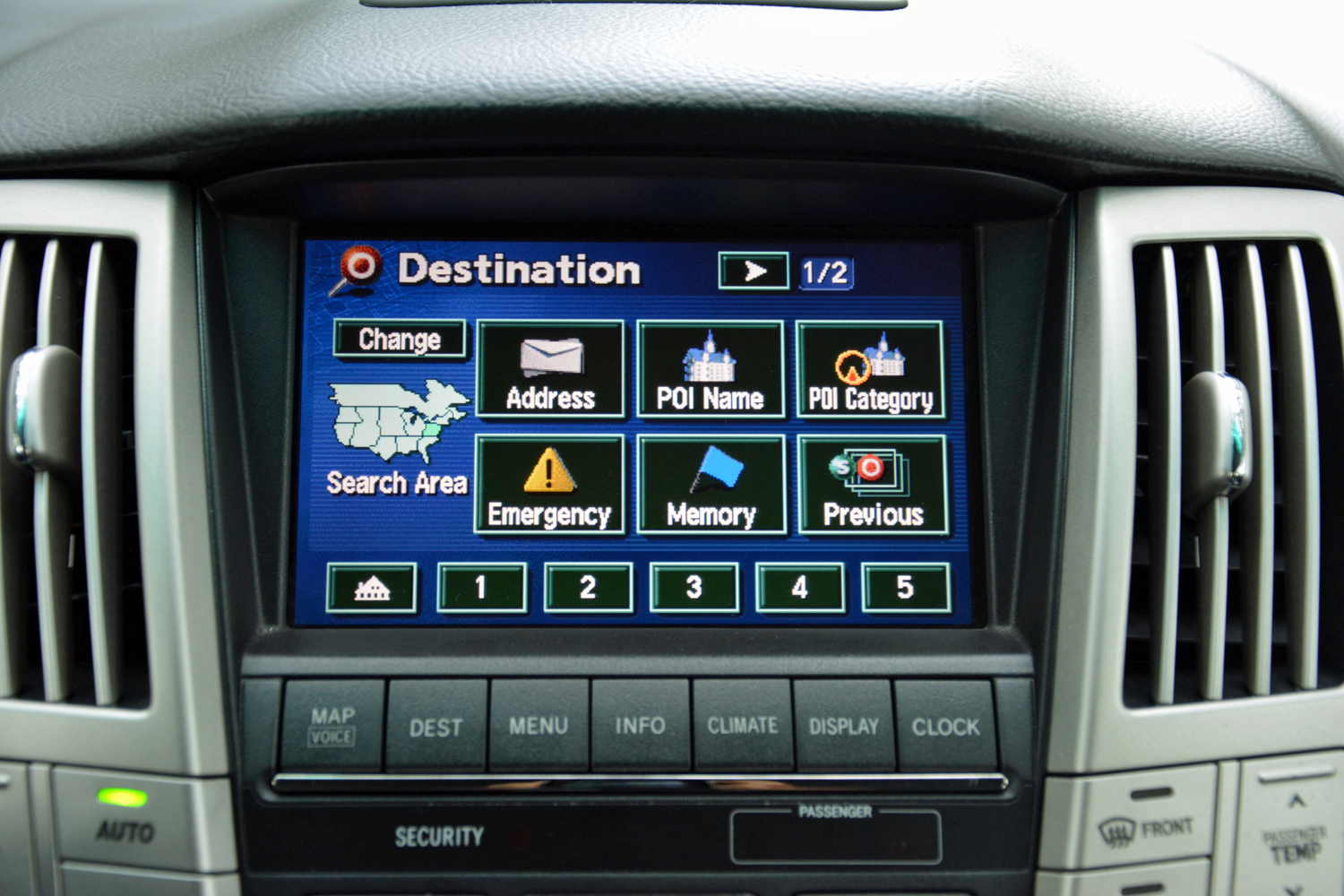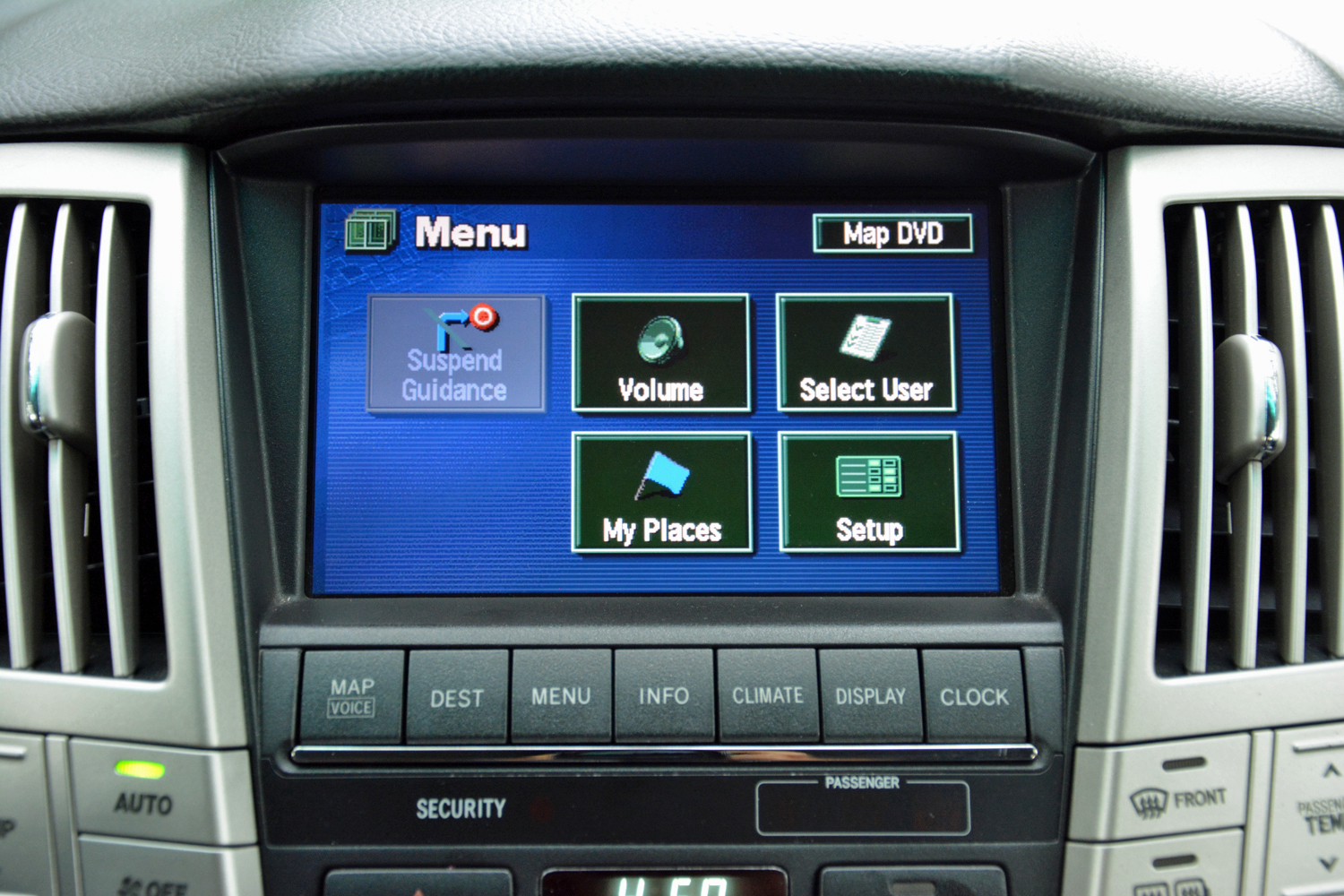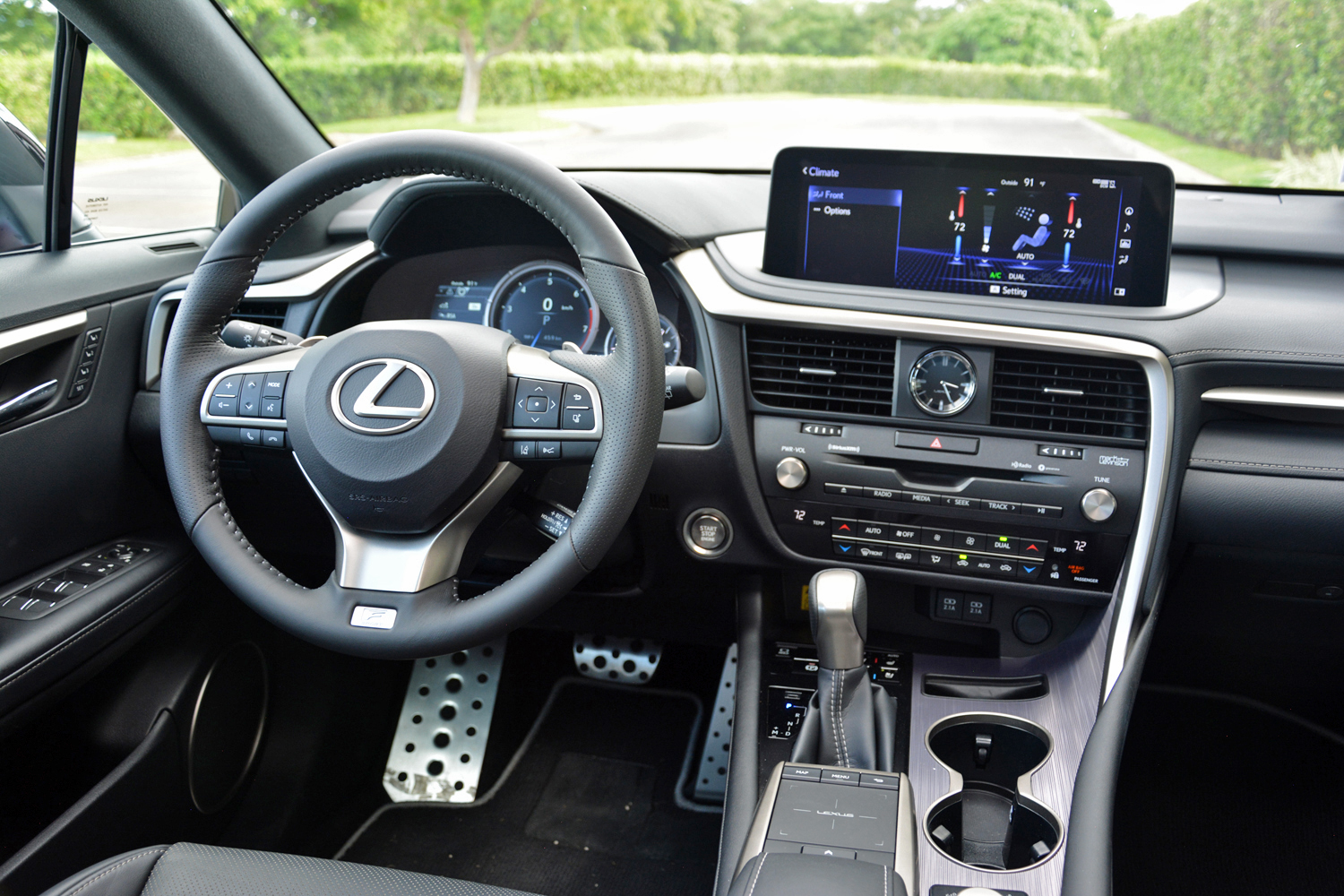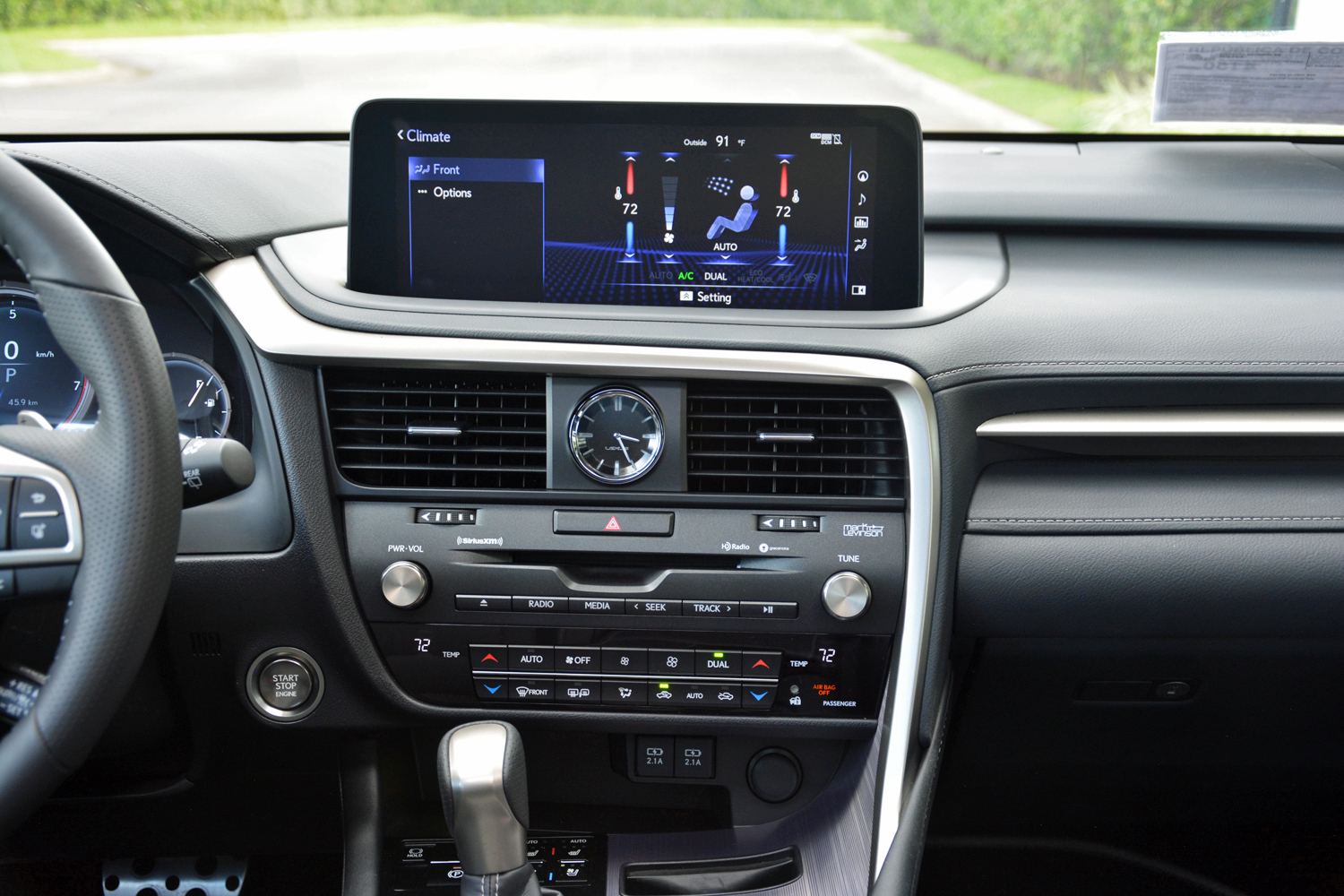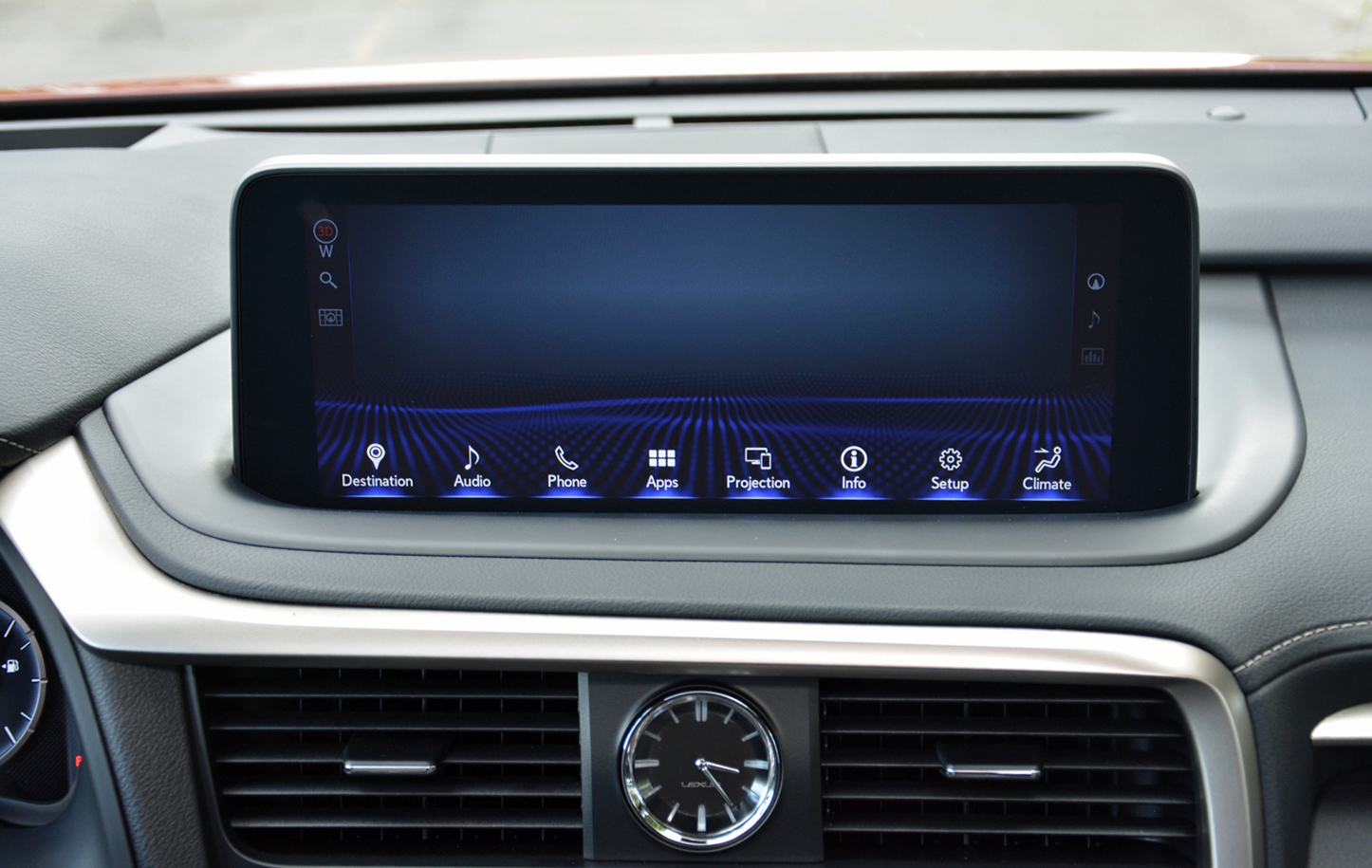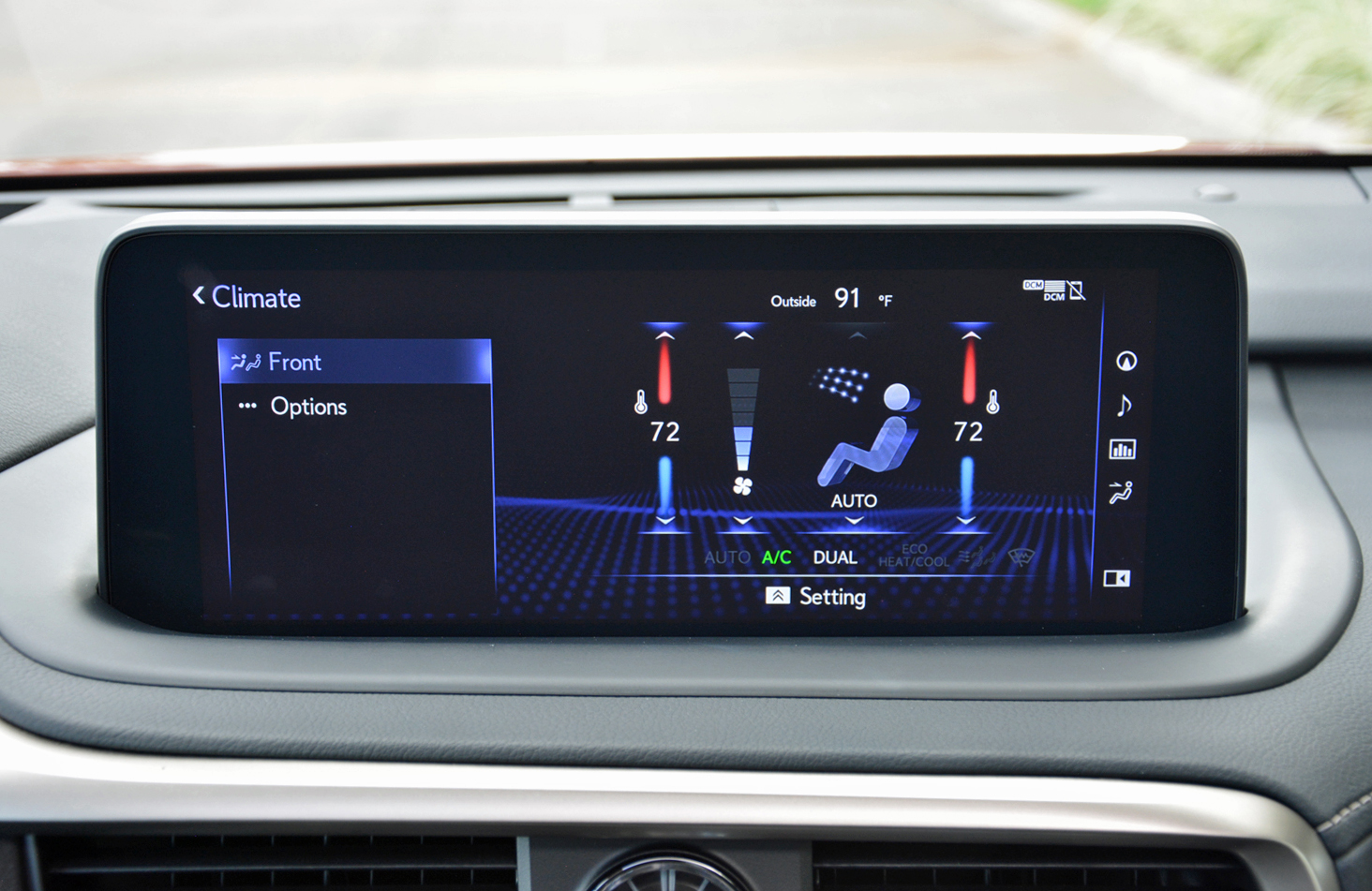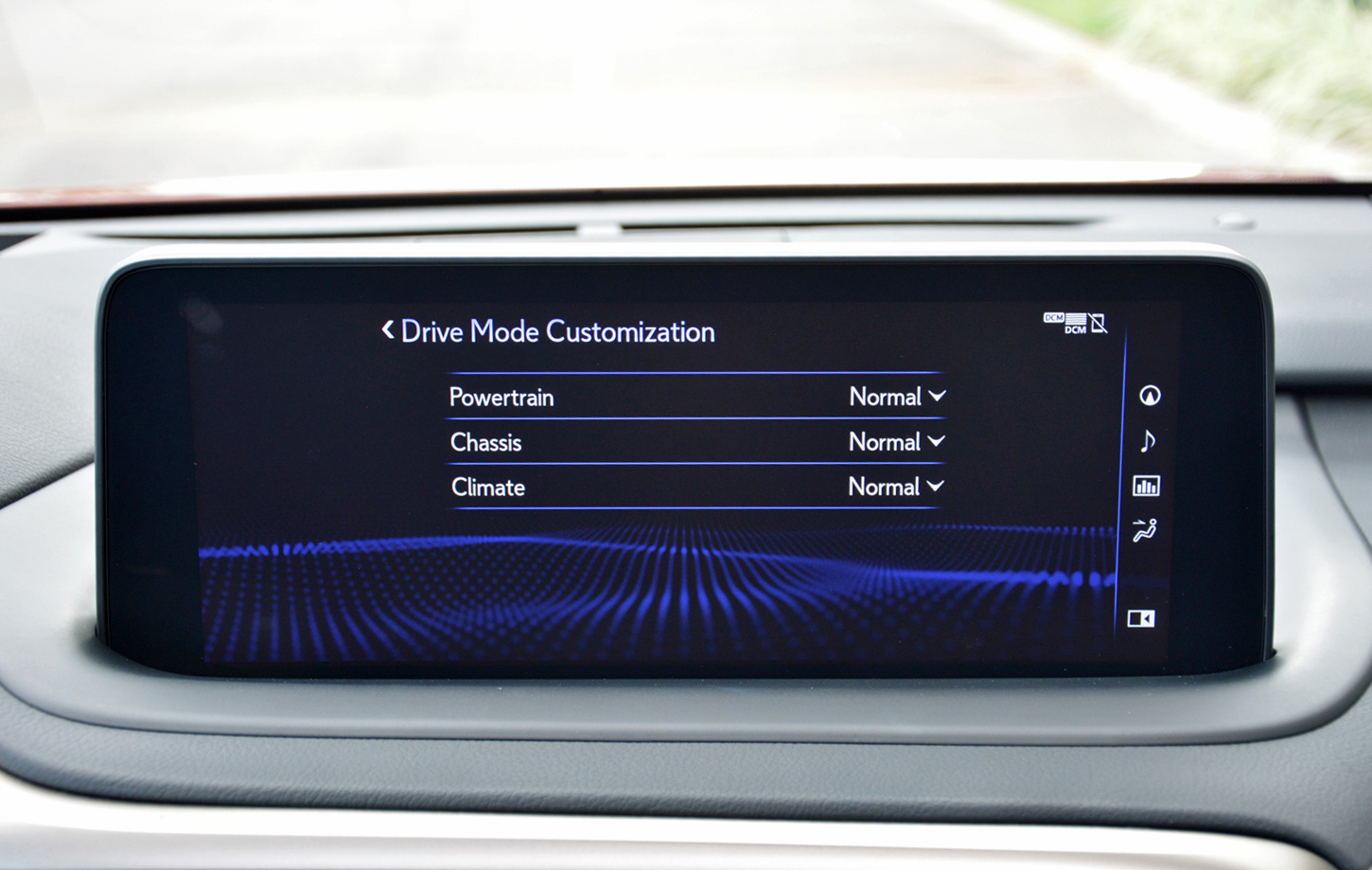The term “infotainment” was little more than a footnote in the automotive industry’s lexicon when Lexus released the first-generation RX for the 1999 model year. The idea of combining entertainment and information into a single software wasn’t new, Buick pioneered it in 1986, but it failed to gain traction and disappeared. Lexus was one of the brands attempting to revive it for the new millennium.
While the flagship LS fittingly stood out as the first Lexus model equipped with a full, multi-function infotainment system, the more affordable RX helped bring the technology to a greater number of motorists. 20 years ago, no one knew what to make of the digital display placed near the top of the dashboard, right between the vertical air vents. Some assumed it was merely another attempt at leap-frogging the competition with frivolous electronic features. Others feared embedding a screen into a car’s dashboard would add a needless level of complexity; besides, wouldn’t the computer crash after catching the Y2K bug? But another, more tech-savvy group knew the infotainment system’s time to shine had finally come.

While the original RX’s technology was unquestionably primitive, it served as the foundation that future software was built on. The system grouped many of the functions normally found on the center console onto an LCD screen that looked like a giant VCR display. The horizontal bar that stretched across the top part of the screen provided basic information about a given trip, like the average speed and the outside temperature. The middle bar displayed the climate control settings, while the bottom bar showed which radio station was blasting through the speakers. Eight buttons arranged in a row below the screen let the front passengers select one of six pre-set stations, or scan the band to find one not saved.
The screen wasn’t touch-sensitive, so the passengers still needed to use buttons on the center console to change the temperature in the cabin. However, the weirdest part about using the system in 2019 is that there are no pages, no sub-menus, and no icons; what you see on the display is what you get.
In hindsight, Lexus released this technology at the right time. Many people were getting their first computer, either at home or at work, and they were trading in pagers for cell phones. Bundling the car into this increasingly digital lifestyle made perfect sense. The infotainment system was cool, new, and interesting, and the fact that it was released right before 2000 subtly suggested it ushered in a new era.
Feedback from owners traveled upstream to Lexus headquarters in Japan. Motorists liked tech, and they wanted more of it. The facelifted RX introduced in 2001 took connectivity to the next level by offering the next evolution of its predecessor’s infotainment system. It represented a significant leap forward. The screen was touch-sensitive, and it functioned a lot like the software found in modern-day cars.
It was one of the first modern infotainment systems with pages that corresponded to different menus. Motorists could press the map button below the screen and access the DVD-based navigation system that Lexus offered at an extra cost. The firm switched from CDs to DVDs because the latter format held considerably more data. The software was able to divide the United States into 10 regions, and it grouped Canada into a single big one. Users could also access information about their trip, adjust the climate control settings, view maintenance data, or open their contact list. Alternatively, they could analyze a fascinating diagram of the gasoline-electric hybrid powertrain (another one of the RX’s novelties), and see which component was doing what in real-time.
This newer variant of the Lexus infotainment system feels much more natural to use in 2019 than the one programmed into the original RX. While the graphics are very Nintendo 64-like, the screen is touch-sensitive and the software includes many of the functions I use on a regular basis when I drive a modern car. The navigation system can suggest points of interests in a specific area, for example, and it has a memory menu that provides quick access to saved destinations.
Lexus abandoned touchscreen technology in the late 2000s. It was a surprising move; imagine if Apple decided to release an iPhone with a Blackberry-style keyboard. Michael Moore, the national manager of Lexus product marketing, told me the number of customers that hated seeing fingerprints on their dashboard eclipsed the number of motorists that liked the simplicity of a touchscreen. And yet, Lexus owners still needed an easy, intuitive way to navigate their infotainment system.
Voice recognition technology wasn’t precise enough to power an infotainment system on its own, and mind-reading technology still hasn’t been invented as of writing (though some automakers are working on it), so Lexus peeled apart the computer world until it found a suitable solution. The RX 450h introduced in 2009 came with Remote Touch, a layout that resembled a big computer mouse placed right on the center console. In later RXs, the company replaced Remote Touch with a laptop-like touch pad framed with a handful of hard buttons. Both layouts were as controversial as the spindle grille that dominates the front end of every car it currently makes. I have personally always found the touchpad overly complicated to use, but I’ve heard owners and other journalists sing its praises.
It’s okay for a styling cue to split the public’s opinion; it adds character to a car, and boosts brand recognition. Infotainment technology is not an area in which you want to show your bold side, however, because a confusing user interface can send owners into the arms of the competition. That’s why Lexus returned to touchscreen technology when it updated the popular RX for the 2020 model year.
Making the screen touch-sensitive required redesigning the top part of the RX’s center console to move it closer to the front occupants. An 8.0-inch display comes standard, and upmarket trim levels benefit from a 12.3-inch unit. Both stand out with sharp graphics, a quick response time, and a logical menu structure. As a bonus, the software is finally compatible with both Android Auto and Apple CarPlay.
The touchpad still occupies plenty of real estate on the center console, and it’s not going away anytime soon. Moore told me his team chose to keep it in order to give customers a choice. As for what’s next, and whether future Lexus models will come with a touchscreen, a touchpad, or both, it largely depends on how customers react to the RX’s new infotainment system. Lexus will use the feedback it receives from future owners to shape the next generation of its infotainment technology, just as it has always done.
